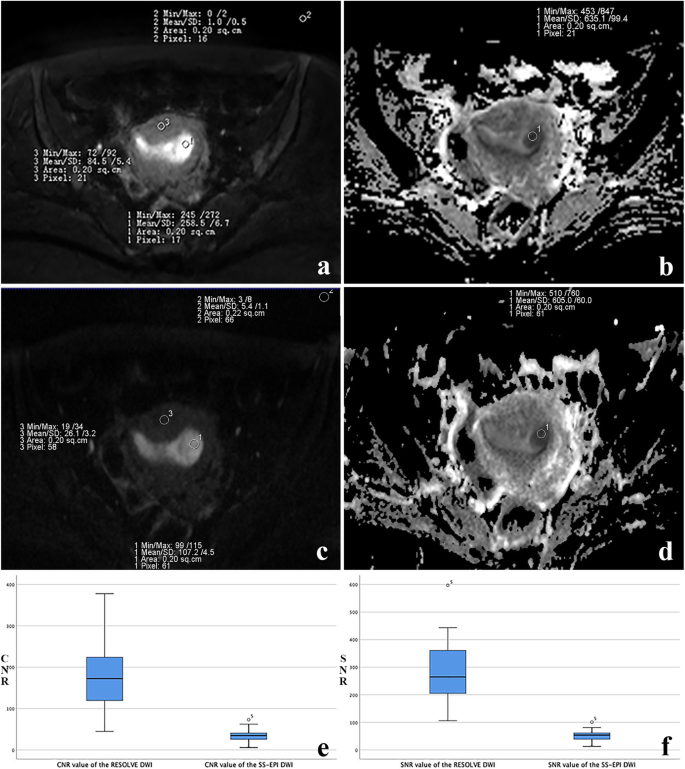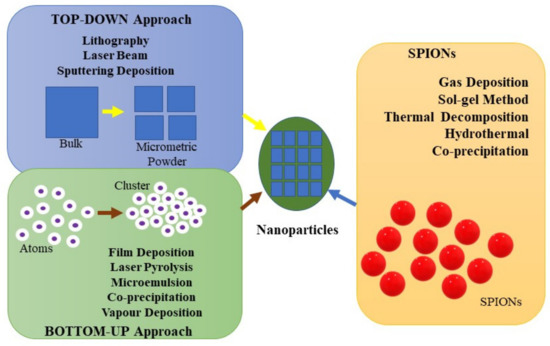

Of particular significance, this study identified novel tractography measures that are able to detect mTBI and may be more sensitive than traditional diffusion-tensor measures. These findings suggest that MRI and blood proteomics are sensitive measures of the molecular and subtle structural changes following mTBI. In contrast, advanced MRI (i.e., tractography) and blood proteomics (i.e., vascular endothelial growth factor) detected a number of abnormalities, some of which were still present 30 days post-mFPI. There were cognitive impairments for three days post-mFPI, before normalizing by day 5 post-injury. Rats were given a sham or mild fluid percussion injury (mFPI) and behavioral testing, MRI and blood collections were conducted up to 30 days post-injury.

This study assessed behavioral, MRI and blood-based markers in a rat model of mTBI. MRI and blood proteomics might provide objective measures of pathophysiological changes in mTBI and indicate when the brain is no longer in a state of ICV. We discuss these predictions in relation to further studies aimed at the clarification of loading mechanisms, fitness of active and passive symplastic loading, and potential targets for engineering improved rates of export.Repeated mild traumatic brain injuries (mTBI) may lead to serious neurological consequences, especially if re-injury occurs within the period of increased cerebral vulnerability (ICV) triggered by the initial insult. With these models, we predict that (1) relative to passive loading, polymerization of Suc in the phloem, even in the absence of segregation, lowers the sugar content in the leaf required to achieve a given export rate and accelerates export for a given concentration of Suc in the mesophyll and (2) segregation of oligomers and the inverted gradient of total sugar content can be achieved for physiologically reasonable parameter values, but even higher export rates can be accessed in scenarios in which polymers are allowed to diffuse back into the mesophyll.

We also propose a physical model of transport through the plasmodesmata. Here, we present an integrated model-including local and global transport and kinetics of polymerization-for passive and active symplastic loading. Questions remain regarding the mechanisms and selective advantages conferred by both of these symplastic-loading processes. In some of these plants, the process is entirely passive, but in others phloem Suc is actively converted into larger sugars, raffinose and stachyose, and segregated (trapped), thus raising total phloem sugar concentration to a level higher than in the mesophyll. In many species, Suc en route out of the leaf migrates from photosynthetically active mesophyll cells into the phloem down its concentration gradient via plasmodesmata, i.e.


 0 kommentar(er)
0 kommentar(er)
